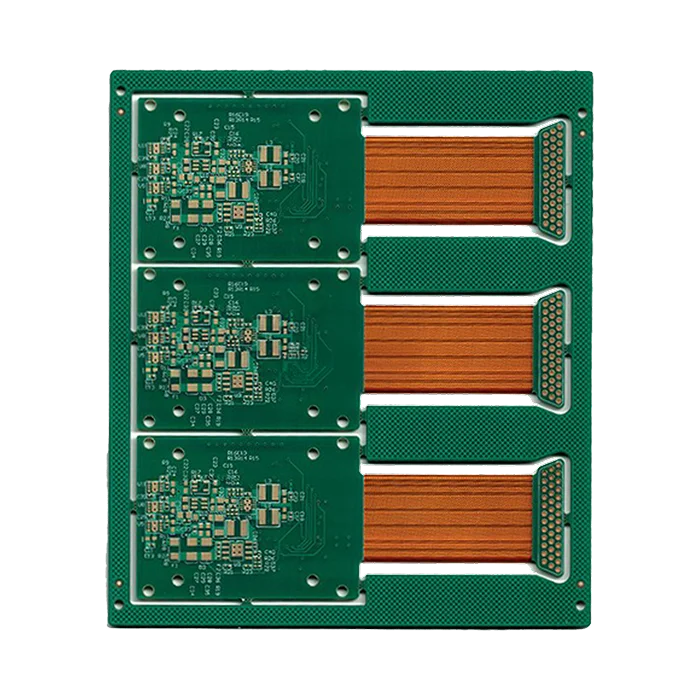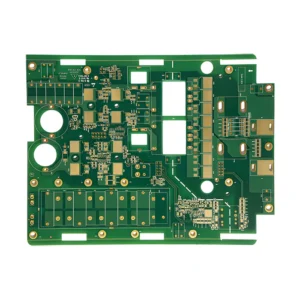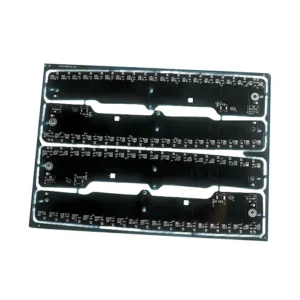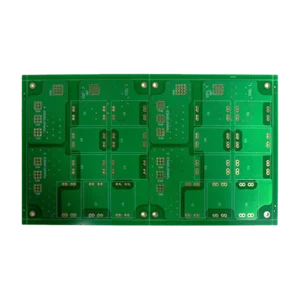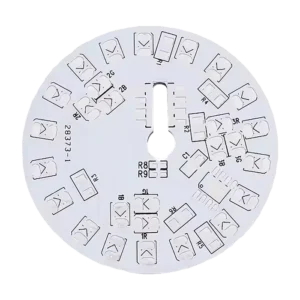1-10 layer rigid-flexible PCB
$46.50
This 8-layer rigid-flex PCB is made of FR4 and Polyimide materials, offering both mechanical strength and flexibility. The surface finish adopts HASL, and supports other options such as ENIG, OSP, ENEPIG, etc. MOKOPCB provides a variety of copper thickness specifications, up to 5 ounces, to meet the needs of different current loads. The board thickness is 1.6mm, and it can also be customized based on customer requirements. Other standard board thicknesses include 0.8mm, 1.0mm, 1.2mm, 1.6mm, 2.0mm, etc.
Shipping fee and delivery date to be negotiated. Send inquiry for more details.
Your payment information is processed securely. We do not store credit card details nor have access to your credit card information.
Claim a refund if your order is missing or arrives with product issues, our support team would deal with your refund within 24 hours.
| Layer Counts | 8L |
| Base Material | FR-4 and Polyimide |
| Board Thickness(mm) | 1.6 |
| Max board size(mm) | 570*670 |
| PCB size tolerance | ±0.3mm |
| Min. Hole Size | 0.1mm |
| Min. Line Width | 4mil |
| Copper Weight | 1oz |
| Surface Finish | HASL |
| Certificate | UL, RoHS, ISO, and REACH |
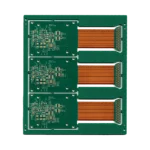 1-10 layer rigid-flexible PCB
1-10 layer rigid-flexible PCB
| 5 star | 0% | |
| 4 star | 0% | |
| 3 star | 0% | |
| 2 star | 0% | |
| 1 star | 0% |
Sorry, no reviews match your current selections
Questions & Answers
1.How do I request a quote for my PCB project?
You can fill out our online quote form or contact our sales team via email or phone for a quick response.
2.What payment options do you offer?
We support various payment methods such as T/T, West Union, Money Gram, L/C, and PayPal for sample orders. For details, please contact our sales team.
3.How many layers can MOKOPCB provide?
MOKOPCB can provide PCBs with up to 18 layers. Custom layer counts are also available based on your specific requirements.
4.Why are 3-layer PCBs not commonly used?
The structure of a 3-layer PCB is asymmetrical and prone to warping during the manufacturing process. If a multi-layer design is required, a more stable 4-layer structure is usually chosen instead of a 3-layer PCB.
5.What are the typical flex base materials of 1-10 layer rigid-flexible PCBs?
There are two frequently used materials: polyimide (PI) is mainly used for high-performance uses, and polyester (PET) is a cost-effective solution for general applications.

